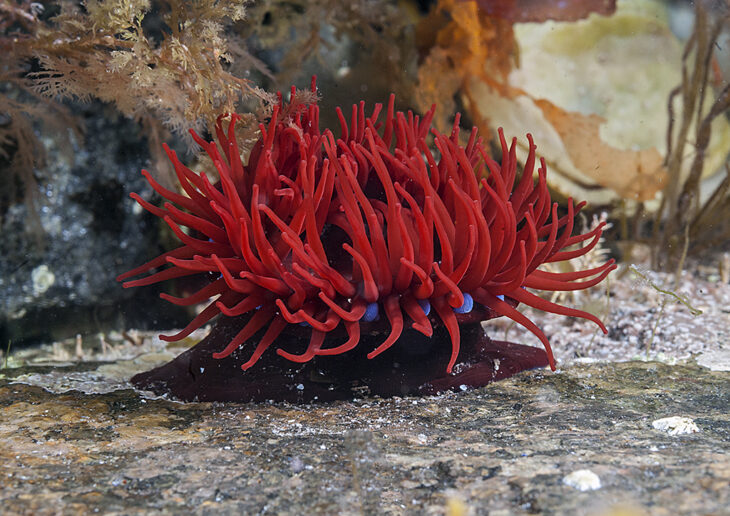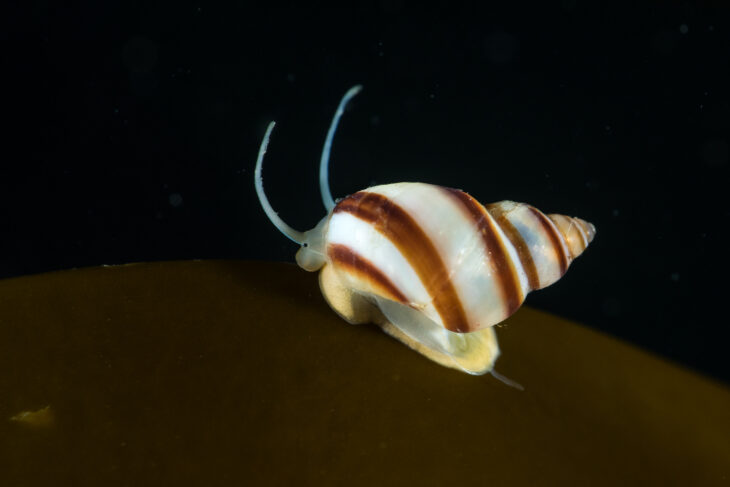Pop on some sturdy shoes, grab a bucket and clear jar, and let’s go explore some rockpools!
Plants and animals that live in rock pools are both fascinating and hardy, surviving a constantly changing environment. You can find a variety of underwater creatures when you look closely…
Keep your eyes peeled for some red squidgy blobs on the rocks – these are beadlet anemones. These creatures use their tentacles to sting passing fish and shrimp for their next meal!

You may also spot dog whelks – inter-tidal snails with a shell which is conical with a rounded spire. Their shells vary but they are usually white, grey or cream-coloured. You will likely just spot their shell, as the animal itself is rarely seen!

Remember it is important to visit the coast safely. It is important to know the tide times when visiting the coast – you can find this by visiting the MET office website here. While you’re out, be aware of your surroundings and the tide’s direction at all times.
Download the Rockpool Detective spotter sheet (to help you identify your finds) and follow our top tips below – happy rock pooling!
What you will need:
- Printed spotter sheet (can download below)
- Buckets or other containers
- Clear jar (to take a closer look at your finds)
- Sturdy footwear
- Pen/pencil and spare paper (optional)
How to investigate rockpools:
- Half fill your buckets with seawater. Have more than one to keep bad tempered animals apart, and never put fish in a bucket with anemones or jellyfish as these will sting the fish.
- Carefully lift sea creatures into your containers – watch out for spines and pincers! Use your spotter sheet to try and identify some of the creatures you find, ticking off the ones you spot.
- You can use spare blank paper to sketch your finds or take some notes – you could even keep a tally of what you find! If you find any creatures that you aren’t sure what they are, you can take a picture and try to identify it online afterwards.
- Make sure to return the animals to where you found them when you’ve finished and wash your hands and all equipment afterwards!
Essential tips:
- Only keep animals in buckets out of the sun and for a short time.
- Don’t prise limpets/anemones/seaweed from their homes.
- Don’t take living plants and animals home with you and replace rocks to the same position once you’ve looked underneath.
